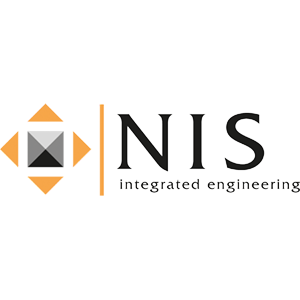
The Five Dimensions of Teams


The Five Dimensions of Teams
Teams and groups are very often talked about in the same sentence, and yet they are discernibly different.
Teams and groups are very often talked about in the same sentence, and yet they are discernibly different.
In this animation, we are going to draw upon a number of key individuals who have extensively researched teams, as well as Acorn’s twenty five years’ plus of working with teams.
So, the difference between Teams and Groups…
First of all, groups, as an example, constructively compete against one another in pursuit of their individual performance targets, whereas teams, according to Professor West’s statement: “….operate with a high degree of interdependence; they share authority and responsibility for self-management; they are accountable for the collective performance and work toward a common goal and shared rewards.”
Research would indicate that the output from teams and groups is massively different, so if we aspire to create teams, how do we do so?
Acorn has developed what we refer to as ‘Five Dimensions’ which we believe accelerates the point to which a team becomes a high performing team.
As Patrick Lenconi says, “creating teams is rare, so we should create them as quickly and as purposefully as we can”.
The first dimension of creating a high performing team is that of developing a Primary Purpose – a clear, unifying purpose for which the whole team holds themselves accountable for.
In addition to a Primary Purpose, defining a small number of objectives. Professor West would say that “the most discernible thing a team can do to be most impactful is defining purpose and objectives”.
The second dimension is that of Team Leadership.
The leader should be aspirational in their approach; not transactional but transformational; model the key behaviours that the team should aspire towards, particularly that of listening to diverse opinions. It should also emphasise reflection, which is really important for any team.
Read our Insight article on Authentic Leadership.
The third dimension is that of Structure.
The roles, responsibilities, the meetings – particularly important now that we have ‘blended working’. How will we measure our performance? Who makes decisions?
The fourth dimension is Team Membership.
This is where we suggest that team members need to develop team membership skills; Professor West refers to this as “knowledge, skills and abilities”. A key area we often see is the need to value diversity, of opinion and value set, being emotionally aware of themselves and others.
An area we are often work with teams on is the ability to manage conflict in an effective manner as there will always be conflicting perspectives in a high performing team.
The fifth and final dimension is that of Impact.
Making sure the team considers and reflects upon the impact it is having, both within the organisation and also, as Hawkins refers to it, “to the key commissioners who have set the team up”.
Is the direction of travel still pertinent? Are the team still working in the right direction and with the right focus?
Another area within the dimension of Impact is ensuring that the team works with true integrity and unity, they must be aligned in their approach.
They must also have humility, there is benefit in this team continually reviewing and reflecting upon how it works together.
These Five Dimensions, we believe, accelerate the performance of the team very quickly.
So in conclusion, there are three things to consider when creating a team:
First and foremost, creating a Primary Purpose and, few in number, key objectives.
Secondly, ensure the leadership is transformational versus transactional and, in particular, model the behaviours of capability of listening to and managing conflicts.
And the third element which we suggest is particularly important not just for the leader but also the whole team, is to productively manage conflict efficiently.
Again using Lenconi, he suggests that senior leaders should ‘mine for conflict’, in other words resolve conflict as soon as it occurs.
These Five Dimensions do assist a team to become a high performing team.
References:
Professor Michael West CBE – Professor of Organisational Psychology, Lancaster University, and Senior Visiting Fellow, The King’s Fund, London
Patrick Lencioni – The Five Dysfunctions of a Team
Professor Peter Hawkins – Professor of Leadership, Henley Business School and Emeritus Chairman of the Bath Consultancy Group
CREATING HIGH PERFORMING TEAMS
Our series of five team coaching white papers draws on over three decades of practice and research helping leaders and teams within organisations. It should be clear reading these that our approach to team coaching is driven primarily by improving results through performance.

































